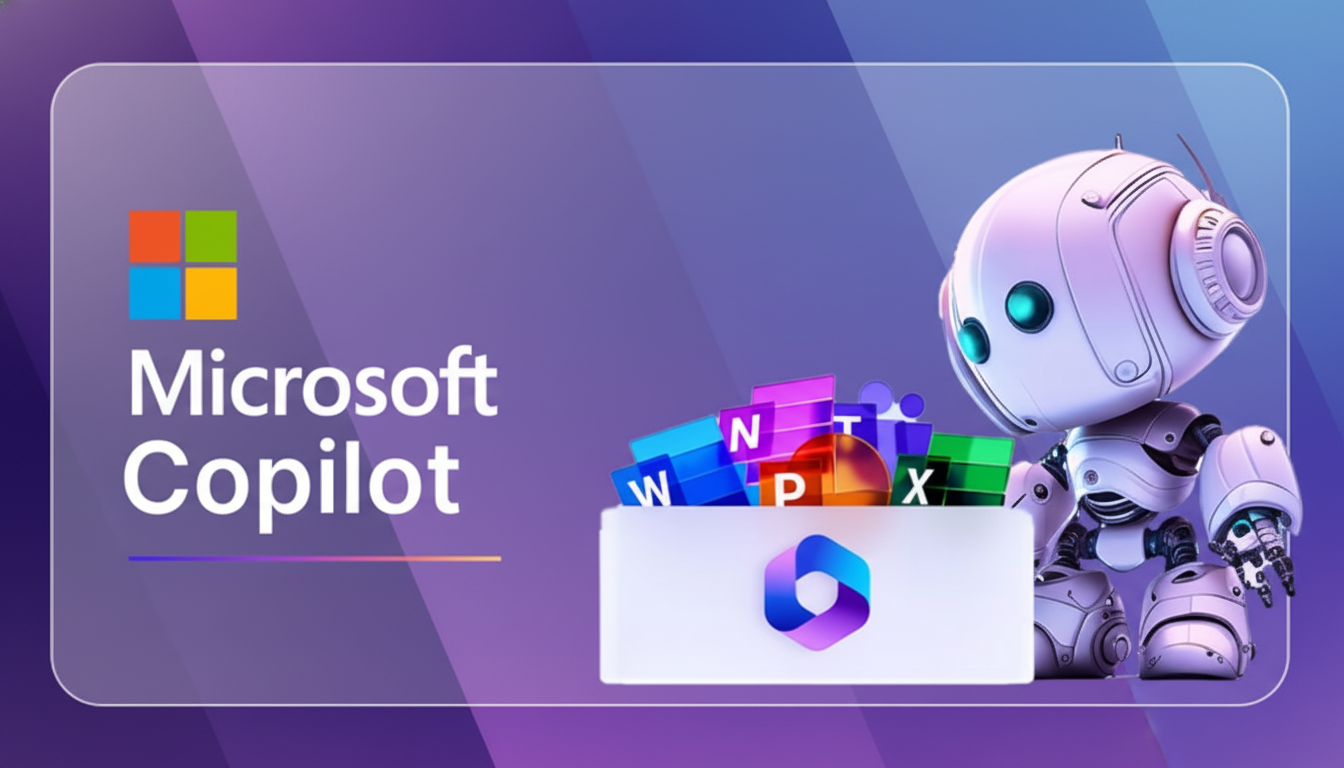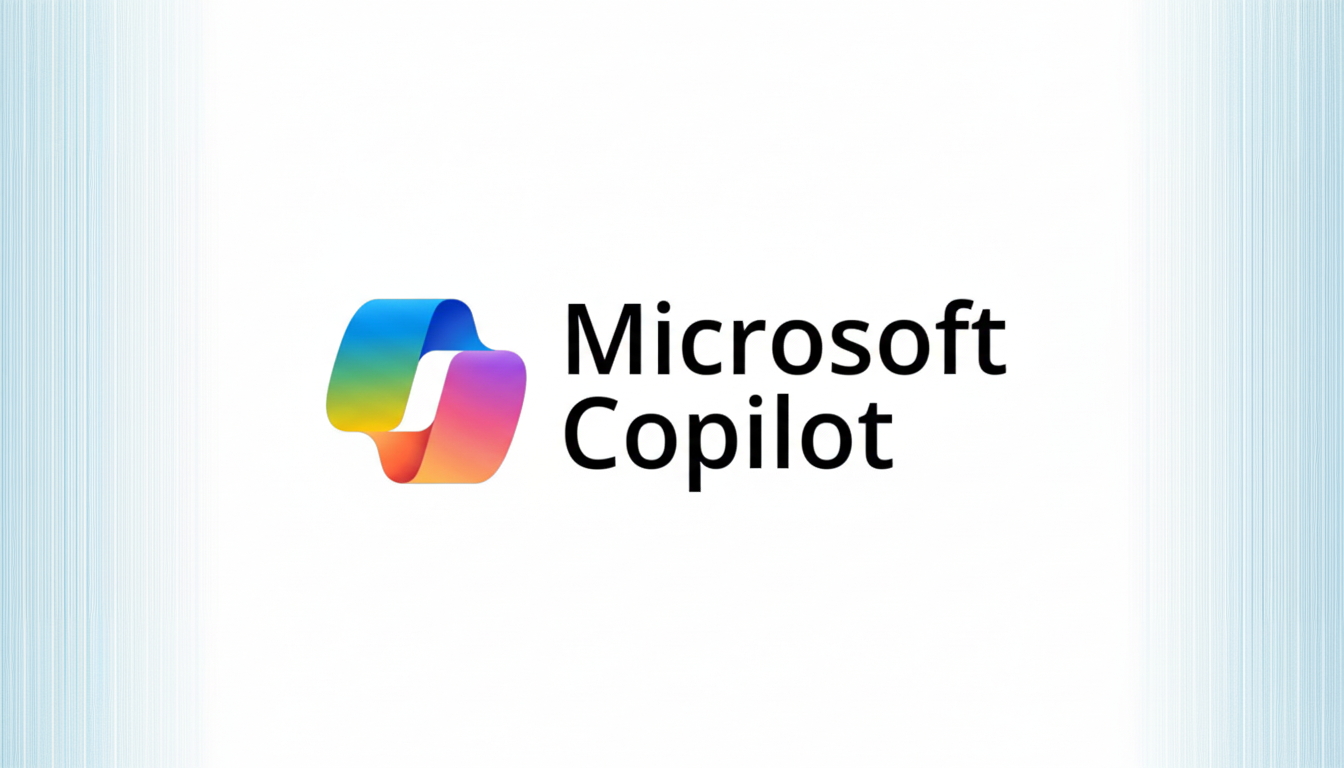Microsoft is rolling out a dozen new Copilot features, headlined by Mico, a personable AI avatar that channels the spirit of Clippy without the paperclip. The update leans into a clear theme: make AI feel more human, more collaborative, and more useful in the flow of daily work and study.
Framed by Microsoft’s AI leadership as people-first design, the release blends expressive interfaces with substantive upgrades to research, group work, and learning. It’s also a reminder that assistants are becoming agents—capable of understanding context, coordinating groups, and nudging you to the next step.
- Mico Brings Personality To Copilot’s AI Assistant
- Groups And Social Creativity Arrive In Copilot
- Health Answers With Guardrails And Trusted Sources
- A Tutor That Teaches How To Think, Not Memorize
- Memory And Connectors Add Real Context To Tasks
- Proactive Research And Smarter Browsing
- Why It Matters For Work And School Right Now

Mico Brings Personality To Copilot’s AI Assistant
Mico is an animated, voice-forward companion that reacts to your tone, shifts color with the mood of a conversation, and can be customized—or turned off entirely. It’s designed to feel approachable, especially for those who prefer talking to typing.
A new Real Talk mode aims to keep conversations candid yet constructive, challenging assumptions and adapting to your style. For now, the avatar is debuting in the US as Microsoft gauges reception and fine-tunes behavior.
Groups And Social Creativity Arrive In Copilot
Copilot Groups lets you invite up to 32 people into a shared session—ideal for class projects, club planning, or cross-team brainstorms. The assistant summarizes long threads, proposes options, tallies votes, and splits tasks so discussions don’t stall out.
On the creative side, Imagine introduces a social remix layer for AI images. Posts can be liked and reworked, turning static outputs into iterative collaborations. Microsoft says it’s studying how “AI social intelligence” can amplify creativity without drowning out individual voices.
Health Answers With Guardrails And Trusted Sources
Copilot for Health can now field common health questions with responses grounded in reputable sources such as Harvard Health. It also helps you find physicians based on specialty, location, and language, narrowing the search for care that fits.
It’s not a diagnosis engine, and it shouldn’t replace a clinician. But as a front door to reliable information and provider discovery, the feature shows how consumer assistants are inching into regulated domains with clearer sourcing and safety rails.
A Tutor That Teaches How To Think, Not Memorize
Learn Live turns Copilot into a Socratic tutor. Instead of spitting out answers, it asks guiding questions, draws on interactive whiteboards, and adapts to your pace. Whether you’re practicing a new language or untangling a math proof, the goal is to build reasoning over rote memorization.

This mirrors evidence-based teaching strategies that emphasize explanations, retrieval, and feedback. In practical terms, it means you can work through steps, not just copy final outputs you don’t fully understand.
Memory And Connectors Add Real Context To Tasks
Copilot now remembers details you opt to keep—like that you’re training for a marathon or planning a trip—so you don’t have to restate them. It’s similar to memory features appearing in other leading models and can be reviewed or cleared for control over what persists.
New Connectors link services such as OneDrive, Outlook, Gmail, Google Drive, and Google Calendar. With explicit consent, Copilot can answer questions about your inbox, surface documents, and cross-reference events. The approach aligns with best practices in frameworks like the NIST AI Risk Management Framework by emphasizing consent and data minimization.
Proactive Research And Smarter Browsing
Proactive Actions in Deep Research scan your recent work to surface insights and suggest next steps—think outlining a brief after you’ve gathered sources or flagging gaps in a comparison you’ve started. It’s a shift from passive Q&A to assistant-as-project-manager.
In Microsoft Edge, Journeys remembers your browsing paths and brings you back contextually. If you were weighing sectional sofas last night, Copilot can resume the thread without you hunting for tabs. It pairs with Copilot Mode in Edge to make research feel continuous rather than fragmented.
Why It Matters For Work And School Right Now
These upgrades tilt Copilot from solo chatbot to a collaborative, context-aware aide. Real-world signals suggest that matters: GitHub’s research on its developer assistant found users completed tasks 55% faster, a reminder that targeted assistive tools can boost throughput and reduce cognitive load.
The features are live in the US and expanding to other regions, including the UK and Canada, with availability varying by device and platform. You can use Copilot via the mobile app on iOS or Android or in a browser. As always, check regional availability and privacy settings before connecting accounts.
The bigger picture: personality helps, but reliability, privacy, and clear sourcing will decide whether assistants graduate from novelty to necessity. Mico may wink at nostalgia, yet the real story is Copilot’s growing ability to understand your world—and work with your people—without getting in the way.

